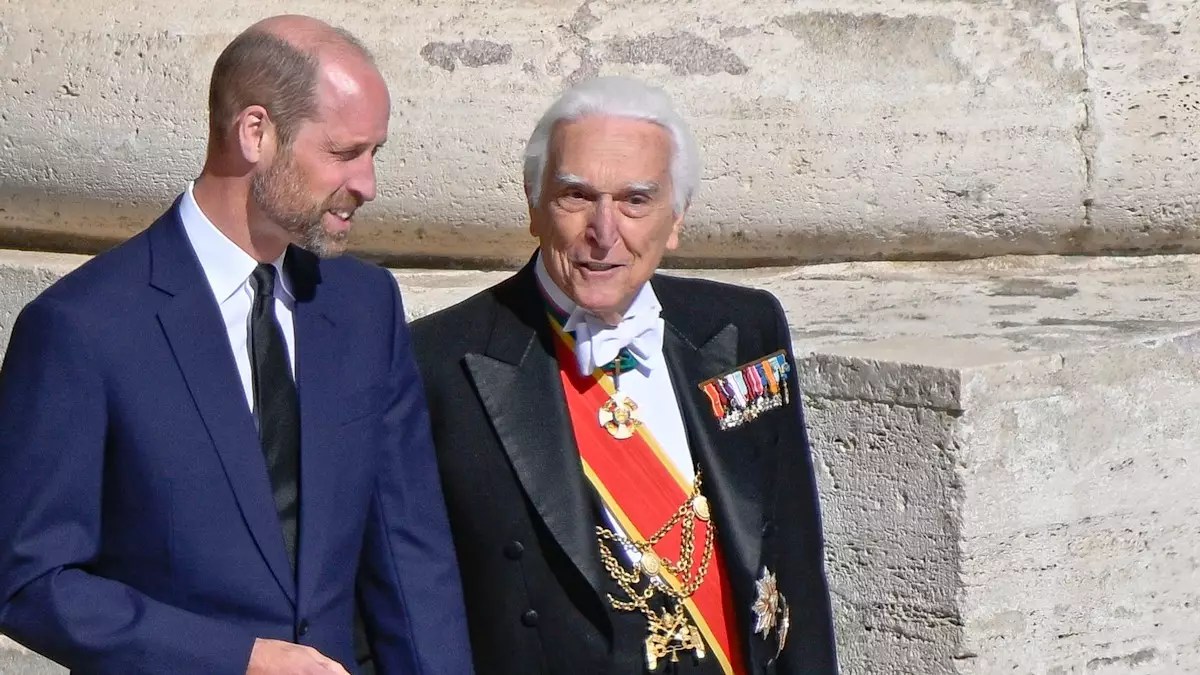On a momentous occasion marked by grief and reverence, Prince William represented King Charles at the funeral of Pope Francis, who passed away at the age of 88. This event transcended mere royal obligation; it served as a tangible illustration of William’s evolving responsibilities on the global stage. The ceremony was not only a farewell to a beloved religious leader but also a reflection of William’s emerging influence in international diplomacy as he prepares for his future role as king. Navigating the intricate milieu of royal duties and global politics will undoubtedly hone William into a more seasoned statesman.
Breaking Monochrome Traditions
Attending a funeral often bears an unspoken code of conduct, particularly regarding attire. Traditionally, black suits are the expected garb for such somber occasions. However, William chose to don a blue suit, a choice that ignited debate among royal observers. Critics deemed this a breach of decorum, with comments flooding social media that questioned the prince’s decision. Some felt that a blue suit was a lapse in judgment, perhaps indicative of a generational shift in royal traditions. Yet, others noted that dark blue has also been an accepted color for funerals, suggesting that while traditions are crucial, they can evolve with time.
Nichola Murphy, a lifestyle editor at HELLO!, articulated a thoughtful perspective on the controversy. She pointed out that dark blue and grey suits are entirely appropriate for such occasions, highlighting that fashion norms are flexible, particularly when one aims to pay respects. William’s choice, juxtaposed with the attire of other attendees like Donald Trump, who also opted for blue, only reinforces the idea that the nuances of mourning attire are undergoing transformation.
The Impact of Modern Sensibilities
William’s decision to wear a blue suit underscores a broader trend reflecting modern sensibilities in how we express mourning. In an era where individuality often takes precedence, the delineation between traditional norms and personal expression has become increasingly blurred. While critics uphold the sanctity of black attire, it’s worth examining whether clothing should remain a rigid marker of respect or if it can also serve as a canvas for personal identity.
The presence of figures like Trump in non-traditional colors amplifies this discussion. Public figures invariably influence societal expectations. The fact that both royal and political representatives opted for modernized attire presents an intriguing commentary on the shifting paradigms of etiquette and respect. Attendees are now navigating the fine line between honoring the deceased and embracing individual expression.
Ultimately, the discourse surrounding William’s blue suit opens a dialogue about how we, as a society, grieve and show respect. In an increasingly interconnected world where global figures engage in shared moments of mourning, perhaps the colors we wear should reflect not only our traditions but also our evolving narratives of connection and respect.


Leave a Reply